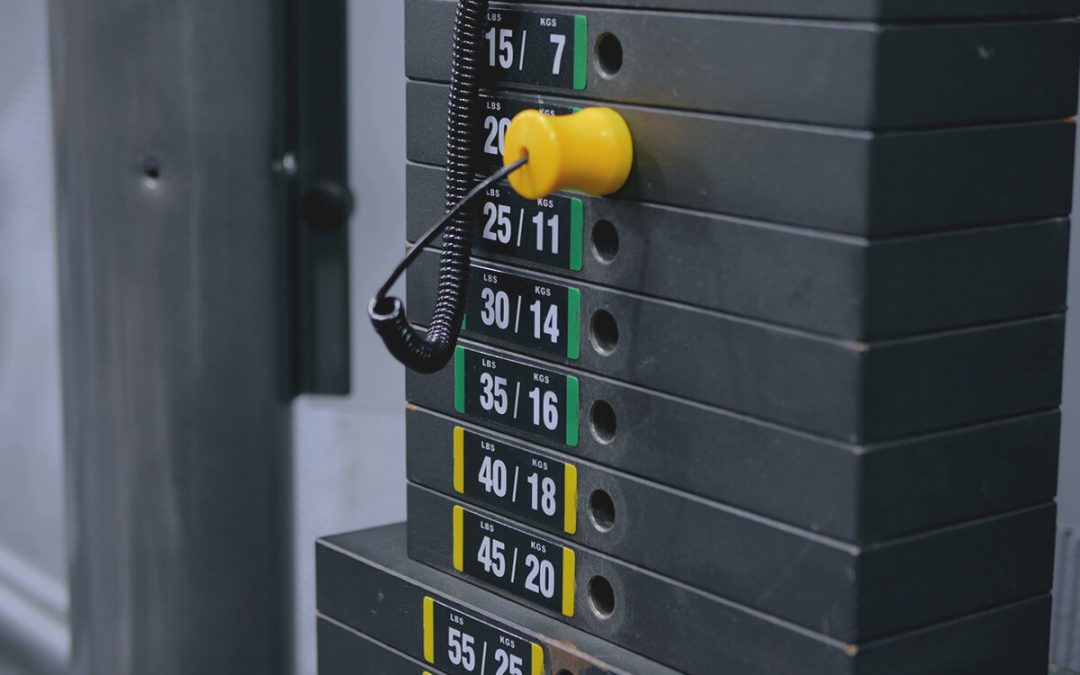Cable machines are a very versatile bit of kit. They offer loads of different exercises to make up your pull day routine. Being able to vary the weight means you can monitor your progress easily and use it for a full-body session just by adjusting that little pin to the right amount of resistance for your exercise.
The cables aren’t just for the upper body either. The cable pull-through is a lower-body classic and one that lets you effectively target the muscles in your glutes and hamstrings, engaging that all-important core at the same time.
Are you an employer? Hussle now offer flexible, discounted access to our fitness venues as an employee benefit. Elevate employee wellbeing.
How to do you do a cable pull through?
Some exercises are named so obscurely you’d never guess what they involved. Others are pretty self-explanatory. The cable pull-through is the latter. It involves pulling the cables through your legs.
It makes use of the cables. Or the pulleys, as some people call them. Another gym term that describes pretty well what it does.
Firstly, you need to make sure the cable machine you’re using is an adjustable one. Make sure the height of the handle is at its lowest setting towards the floor. You can then choose a handle attachment that suits you. It should give you adequate grip with both hands. The double-pronged rope attachment works well. That’s why the exercise is sometimes called the rope pull through too. Once you’re all set up, you’re ready to pull through:
1. Stand with your back to the machine, the handle of the cable between your legs, your arms straight down. Hold on firmly and evenly with each hand.
2. Take a step away from the machine so that the weight begins to lift off the stack. The key is not letting the weight rest back down onto the stack at the bottom of the movement, giving yourself enough room to avoid this. A practice might be necessary.
3. Find your balance and engage your muscles. Standing strong with your feet shoulder-width apart and your shoulders down.
4. Hinge at the hips, pushing them back towards the machine. Your spine should be kept neutral and your back shouldn’t bend.
5. Pause, then push the hips forwards again to standing. Drive with your glutes and engage your core as you perform the movement.
6. Squeeze your glutes at the top and pause before repeating for the next rep.
It’s a simple movement to do, but form is always important. Don’t use your back to perform the exercise. Keep your weight distributed across the feet. Feel the hamstring stretch as you push backwards. And always focus on the movement of the hips.
Why do the cable pull through?
As with any resistance-based exercise, the cable pull-through is excellent for developing strength and endurance in the target muscles. The cable pull-through works the muscles in the glutes and the hamstrings. You might sometimes hear it called the glute pull through for this reason.
It engages muscles in your lower back, core, and upper back too. That’s not all. There are some more specific reasons why it might be an exercise that you opt for:
It helps with your deadlift progression
If you’re looking to master the king of compound exercises, the deadlift, then cable pull-throughs are a great way to practice the motion and build up to it. This exercise helps you get the hip hinge right. It’s that same hinging motion that needs to happen in the deadlift. It can take some getting used to, and it can be hard to know if you’re doing it right. Start here to familiarise yourself with the feeling and make sure you perform the same movement when you’re deadlifting too. Use it as a warm-up exercise, perhaps.
Protects and strengthens the lower back
If you often suffer from lower back pain when deadlifting or doing other exercises, the cable pull-through can be a useful one for protecting the muscles in your lower back but helping to strengthen them at the same time. The movement activates your glutes in a controlled way. The muscles will be under tension for a long time, helping you strengthen them over time. This means your lower back won’t be required as much, and you’re less likely to throw it out.
What’s the difference between a cable pull through and a hip thrust?
The pull-through exercise is done from a standing position using the cable machine. Hip thrusts are done in a more horizontal position where the back is supported by a bench, and the weight used is often a loaded barbell. Both ask for the hip hinging motion, and both are important for activating and strengthening the muscles in the posterior chain, but there are some differences.
Hip thrusts often allow the lifter to add more load. Adding more weight plates will make the exercise heavier and more challenging than the cable machine will allow.
Pull throughs are arguably a little more straightforward. The set-up is quick and easy, without the need to load up a barbell, adjust a bench, and get into a balanced position as is needed for hip thrusts.
The pull-through is also used to help with hamstring mobility. It’s all down to how the knee moves, but you’re likely to feel more of a hamstring stretch doing pull-throughs, meaning that if this is a problem area for you, it’s an excellent exercise to help you work on it.
Whether you’re a puller or a thruster. Or you only exclusively deadlift. Use your Hussle pass to support your training and make fitness much easier to fit in. Access thousands of gyms from across the country on a completely flexible basis. Take it one day, one week, or one month at a time. Just find a pass that suits you, see which gyms are nearby, and go.



